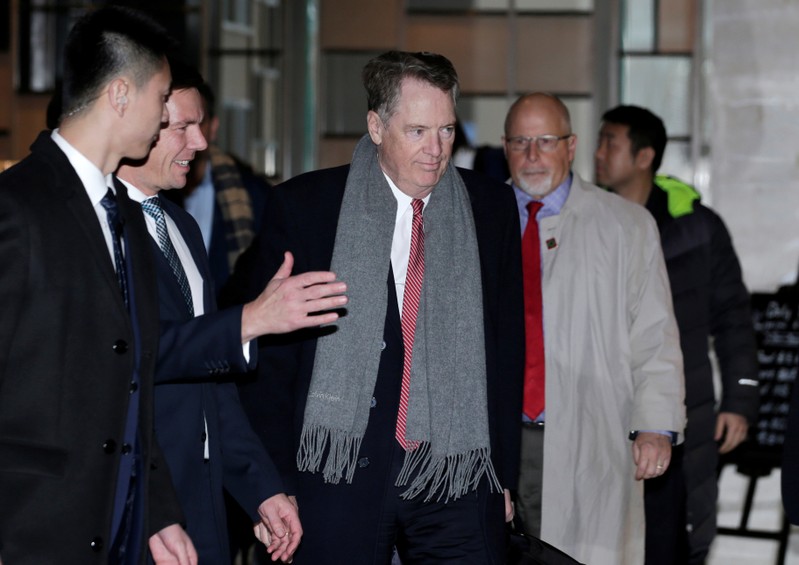
A view shows Russian rouble coins in this picture illustration taken October 26, 2018. REUTERS/Maxim Shemetov
February 12, 2019
By Polina Nikolskaya and Gabrielle Tétrault-Farber
MOSCOW (Reuters) – Russia’s economic growth climbed to a six-year high in 2018, but the growth was fueled by one-off factors that mean the goals set by President Vladimir Putin won’t be achieved without an increase in household incomes, economists said.
Putin, after winning his fourth term last year, ordered the government to bring the Russian economy into the world’s top five by 2024, saying economic growth should surpass the global average of about 3 percent.
New data published this month by Russia’s Federal Statistics Service, or Rosstat, seemed to show that Russia, the world’s 12th largest economy, had moved closer to the Kremlin’s goal.
Gross domestic product grew 2.3 percent last year, Rosstat said, exceeding the 1.5 to 2.0 percent foreseen by the central bank and the 1.8 percent predicted by the economy ministry.
Growth exceeded expectations partly because Rosstat revised construction growth in the first 11 months of 2018 to 5.7 percent from 0.5 percent. The economy ministry said construction in Russia’s Yamalo-Nenets region accounted for the revision.
A week after the data were published, the ministry said GDP growth had been boosted by one-time factors and predicted it would slow to 1.3 percent in 2019.
“We can speak of sustainable growth when there are sustainable growth drivers such as higher investment, low capacity utilization, rising households’ incomes, which with some delay filters into consumer demand, which drives the economy,” said Andrey Movchan, an economist at the Carnegie Moscow Centre.
“We have none of that,” Movchan said. “We are moving slowly toward a demographic pitfall, we have almost zero non-state investment … All developments favor GDP contraction rather than growth.”
Analysts polled by Reuters in late December had expected last year’s GDP growth would remain at 1.7 percent, then slow to 1.4 percent in 2019.
GDP GROWS, INCOMES FALL
Economists have been skeptical about the GDP figure, saying it did not represent broader economic trends and was not indicative of sustainable growth in a country facing the risk of more U.S. sanctions and restrictions on its oil output because of a deal with OPEC.
An unexpected pick-up in construction, higher borrowing activity, growing inventories and stronger exports all boosted 2018 growth, the data showed. But a continuing decline in real disposable incomes among households raised doubts the reported growth could be last.
The average salary in Russia in 2018 rose 10 percent to 43,400 rubles ($660.24), but real disposable incomes, or money adjusted for inflation that households have after paying taxes, declined 0.2 percent in 2018 after falling 1.2 percent in 2017, according to Rosstat.
Inventories in the economy rose in late 2018 ahead of a planned increase in value-added tax to 20 percent from 18 percent, the data showed.
That may have been driven by companies stocking up before prices rose, said Valery Mironov of the Higher School of Economics.
“GDP would be growing faster than demand but that’s just because of growing inventories,” he said. “This is only a temporary gain.”
Households also contributed to growth in 2018 by taking out more loans. Retail lending rose 22.4 percent last year after a 12.7 percent increase in 2017, central bank data showed.
Factors that contributed to economic growth are “temporary moments that do not indicate any kind of steady trend of an increase in demand in the economy,” said Vladimir Tikhomirov, chief economist at BCS brokerage.
“The current trends that are in the economy remain,” he said.
(Reporting by Polina Nikolskaya and Gabrielle Tétrault-Farber; editing by Andrey Ostroukh and Larry King)

